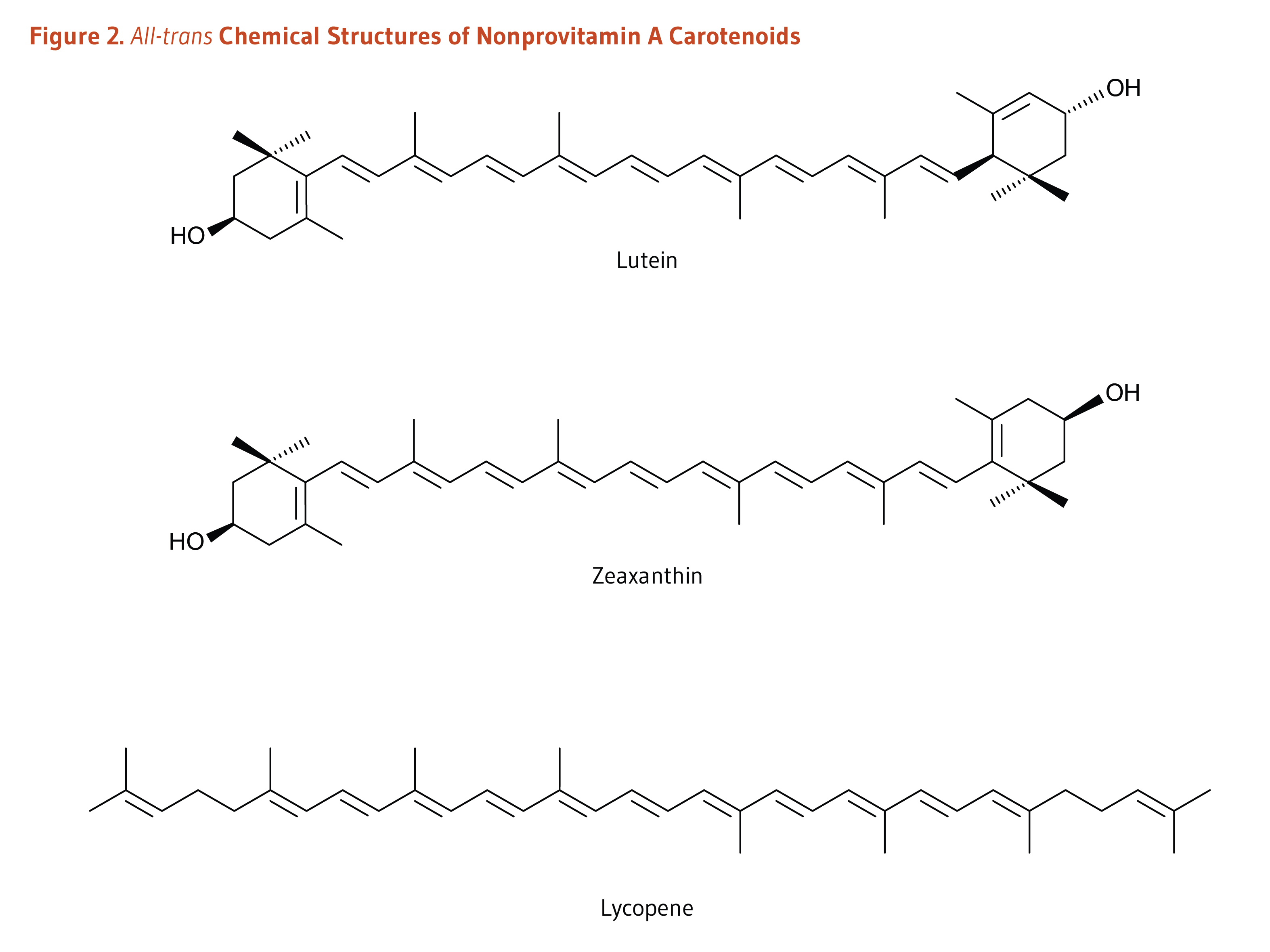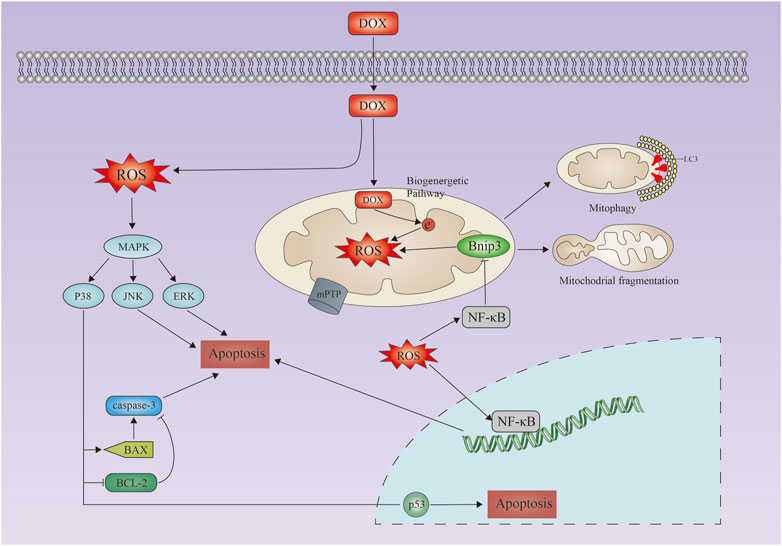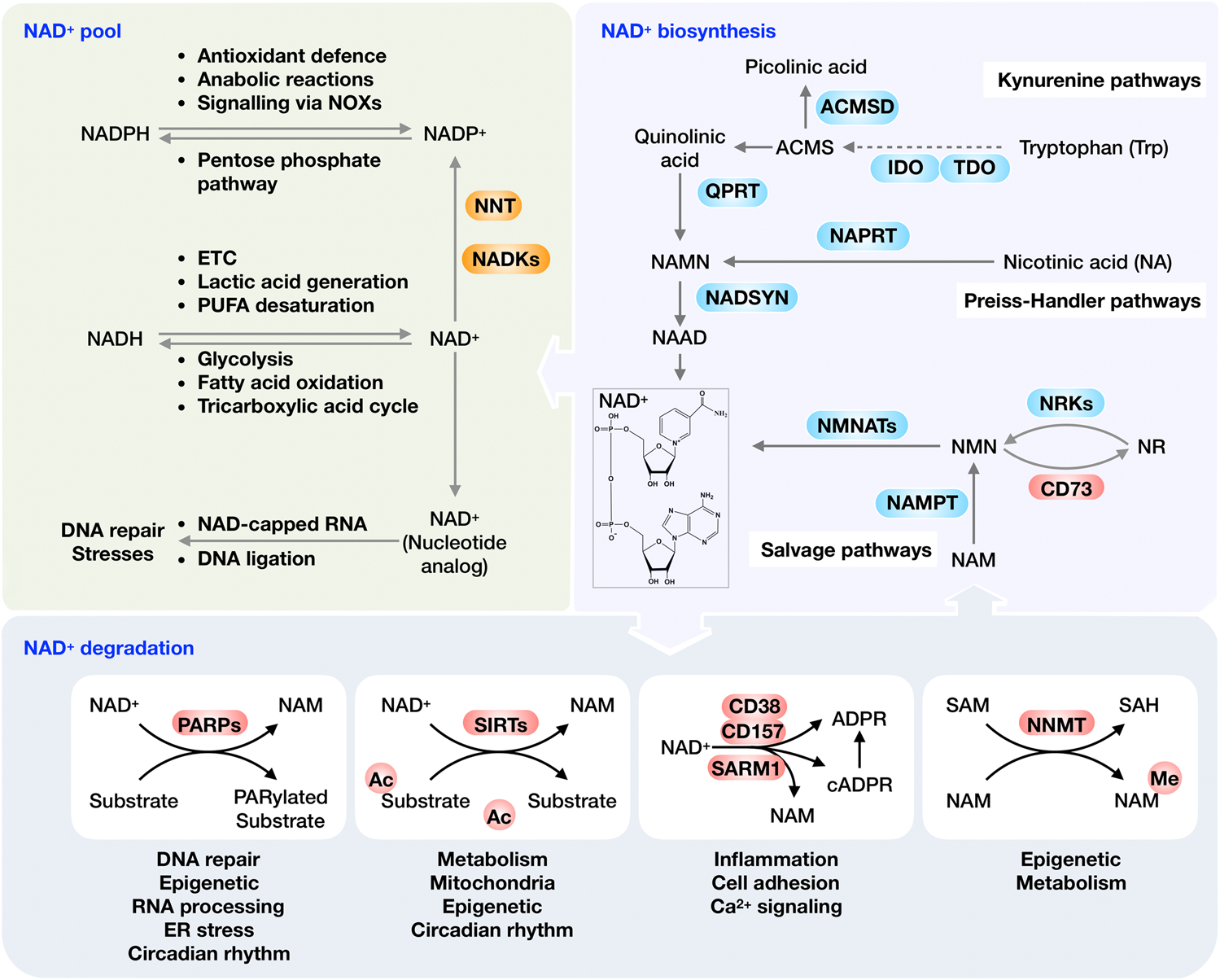Figure 2 from Understanding the fate of peroxynitrite in plant cells--from physiology to pathophysiology.

Fig. 2. A hypothetical regulatory mechanisms of ONOO action in plant cells. In the biological milieu the peroxynitrite anion (ONOO ) is in equilibrium with peroxynitrous acid (ONOOH; pKa = 6.8). The reaction of ONOO with carbon dioxide leads to the formation of carbonate (CO 3 ) and nitrogen dioxide ( NO2) radicals. Alternatively, ONOOH can undergo homolytic fission to generate one-electron oxidants, hydroxyl OH and NO2 radicals. ONOOH readily crosses lipid bilayers and its decomposition to OH and NO2 radicals seems to become relevant in hydrophobic phases to initiate lipid peroxidation and lipid and protein nitration processes. If ONOO combines with SH-containing molecules (X-SH), it might be converted to S-nitroso compounds, e.g. S-nitrosoglutathione. Nitration and the formation of S-nitroso compounds are proposed mechanisms, by which ONOO regulates NO-dependent signaling events. On the other hand, nucleotides within DNA and RNA can undergo nitration by ONOO forming 8-nitroguanine, which may impart pathological consequences (Corpas et al., 2009b). - "Understanding the fate of peroxynitrite in plant cells--from physiology to pathophysiology."

Phytochemicals

Biological properties of mucus from land snails (Lissachatina

Understanding the fate of peroxynitrite in plant cells – From

Reactive Oxygen Species: Physiological and Physiopathological

The superoxide radical switch in the biology of nitric oxide and

The nexus between redox state and intermediary metabolism

Differential Mechanisms of Nitric Oxide- and Peroxynitrite-Induced

Physiological Roles of the Permeability Transition Pore

Frontiers Cell death regulation in myocardial toxicity induced

Overview of peroxynitrite reactivity with lipids. Å NO and

How do plants defend themselves against pathogens-Biochemical

On the Clinical Pharmacology of Reactive Oxygen Species

Nitric oxide in plants: the history is just beginning - Beligni

NAD+ metabolism: pathophysiologic mechanisms and therapeutic

Mitochondrial Coenzyme Q Redox Homeostasis and Reactive Oxygen